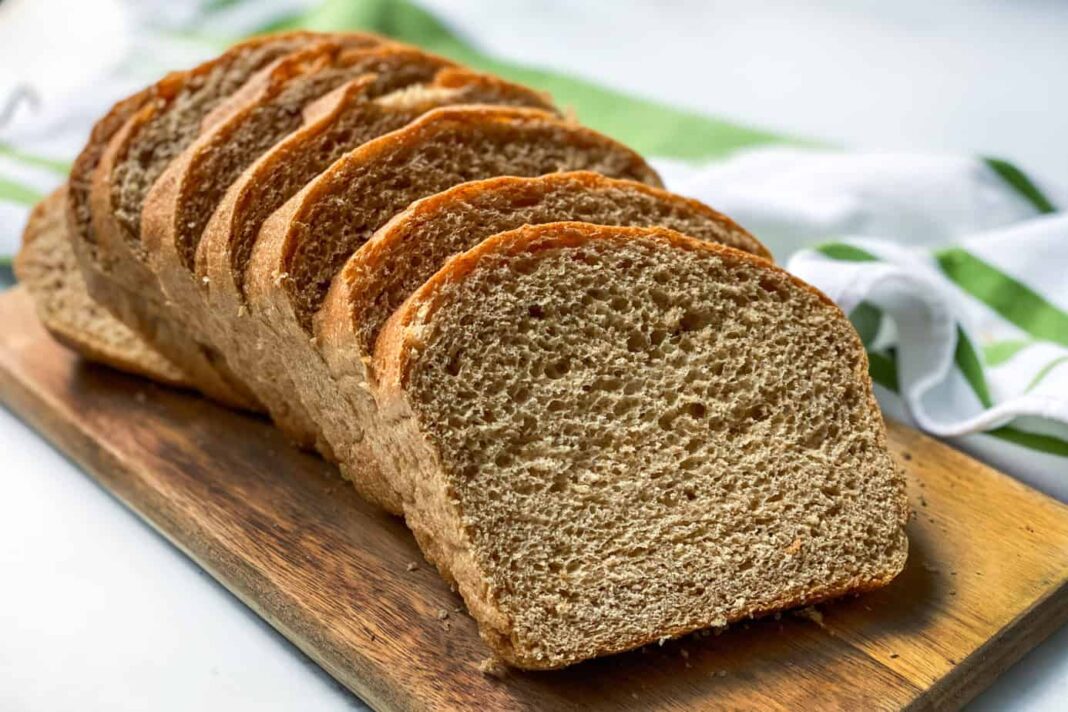In recent years, there has been a growing interest in whole wheat bread as a healthier alternative to traditional white bread. This shift is not only driven by taste preferences but also by a recognition of the numerous health benefits associated with whole wheat. Let’s explore the nutritional revolution in bread making and the reasons why more people are embracing whole wheat.
The Rise of Whole Wheat Bread:
Whole wheat bread is made from flour that contains the entire grain kernel, including the bran, germ, and endosperm. This means it retains all the nutrients found in the wheat grain, making it a rich source of fiber, vitamins, minerals, and antioxidants. In contrast, white bread is made from refined flour, which has been stripped of most of its nutritional content during processing.
Health Benefits of Whole Wheat Bread:
1. Rich in Fiber:
Whole wheat bread is an excellent source of dietary fiber, which plays a crucial role in digestive health, weight management, and disease prevention. Fiber helps regulate bowel movements, lowers cholesterol levels, and promotes feelings of fullness, reducing the risk of overeating and weight gain.
2. Nutrient Dense:
Whole wheat bread is packed with essential nutrients, including vitamins B1, B2, B3, and E, as well as minerals like magnesium, iron, and zinc. These nutrients are vital for overall health and well-being, supporting various bodily functions such as energy production, immune function, and bone health.
3. Lower Glycemic Index:
Whole wheat bread has a lower glycemic index (GI) compared to white bread, meaning it causes a slower and more gradual increase in blood sugar levels after consumption. This can help stabilize blood sugar levels and reduce the risk of insulin resistance, type 2 diabetes, and metabolic syndrome.
4. Heart Health Benefits:
Studies have shown that consuming whole grains, including whole wheat bread, is associated with a reduced risk of heart disease and stroke. The fiber, antioxidants, and phytonutrients found in whole wheat help lower blood pressure, cholesterol levels, and inflammation, protecting against cardiovascular complications.
Embracing Whole Wheat Bread:
With its superior nutritional profile and health benefits, more people are making the switch to whole wheat bread as part of a balanced diet. From artisanal loaves to sandwich bread and wraps, whole wheat options are increasingly available in bakeries, supermarkets, and restaurants.
Conclusion:
The nutritional revolution in bread making is evident in the growing popularity of whole wheat bread as a healthier alternative to refined white bread. By embracing whole wheat, consumers can enjoy a delicious and nutritious staple that nourishes the body and supports overall health and well-being. Whether enjoyed toasted with avocado or used as a base for sandwiches and snacks, whole wheat bread offers a satisfying and wholesome option for bread lovers everywhere.
Source- News18



